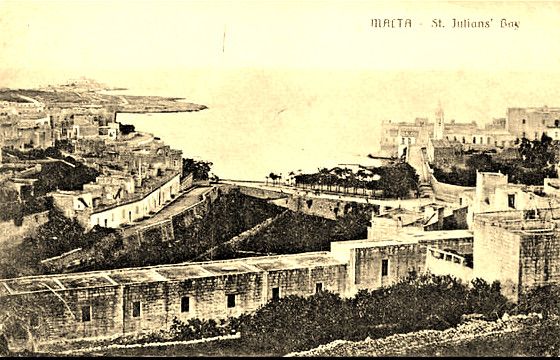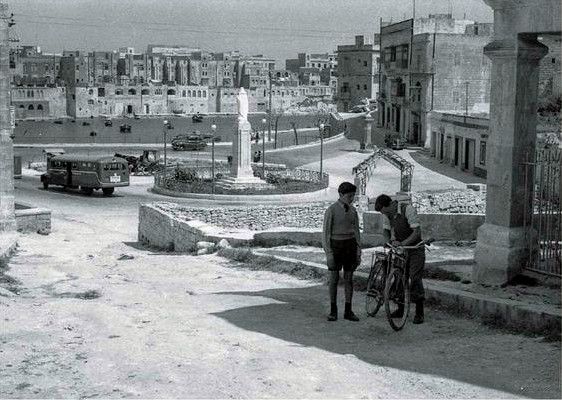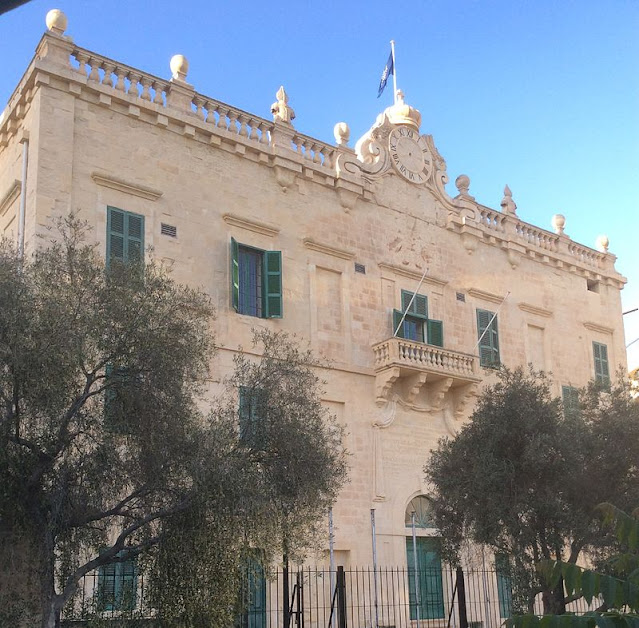James Prinsep was born into poverty in 1799 and yet through his own endeavours made some of the most exciting discoveries in deciphering ancient Indian script that echo an Indiana Jones tale. He spoke Persian, Sanskrit, Bengali, Hindi, Greek, Latin and was able to decipher Brahmi and had a working familiarity with Pali.
He was curious about the stupa, rocks and pillars that were everywhere in India often with inscriptions that no one could understand. They were written in two Indian scripts which had both become extinct around the 5th century CE.
His curiosity had been shared, over four hundred years earlier, by a 14th century Sultan who had, been obsessed with a specific golden pillar. Firoz Shah (1351 –1388) who was Sultan of Delhi, wrote a poem celebrating the column of gold, that he had removed from its ancient site at Topra and taken by a massive 42-wheeled carriage and boat to his own fort in Delhi a distance of almost 90 miles. It was around 50 feet in height. “No bird, neither eagle, nor crane, can fly up to its top”, he stated and wondered who and how it was built. He marvelled at how the people who made it were able to paint it all over with gold. He was particularly curious about the ancient inscriptions that no one understood on the pillar. The ancients had mastered a technique to treat the sandstone surface to burnish and protect it creating shiny patina metal-like finish.
It did not protect all of these pillars from invaders or the acts of violence and destruction that was all too common. Timor the Lame (1320s -1405), a Turco-Mongol conqueror subsequently ransacked the country and set fire to an ancient pillar by ordering every horseman in his army to carry two loads of firewood to the pillar. The pillar still stands beside the mosque but its lower section is so badly fire damaged that nothing remains of the inscriptions. Having slaughtered over 100,000 prisoners, who were slowing his march, Timor proceeded to attack Delhi.
One of the few buildings to survive the sacking was Firoz Shah Kotla. Strangely, instead of destroying the structure, Timor approached this building and gave thanks to God and left full of admiration for the column of gold declaring that in all the countries he had travelled he never seen a monument comparable to it.
Destruction of many of these ancient pillars and stupas throughout India had gone on for millennium, sometimes though invasion, sometimes neglect, sometimes through using material for other buildings. Many of the Stupas would have had at their base a relic (ashes/belongings) of the Buddha or bones of his early followers, and many dug down to find these treasures.
At Prinsep’s request and expense, his colleague Cunningham erected a wooden ramp that gave him access to the top of the 143-foot-high structure called the Dharmik Stupa. In January 1835 he and his workmen sank a shaft down through the centre of the monument. Only when they dug down to a depth of 110 feet did the work become easier for here the stonework gave away to large flat bricks. The digging then went on until they reached the soil at the base of the structure without producing any result after 14 months of labour and substantial costs.
Fortunately, while the dig had been happening, Cunningham became friendly with an old man who had been involved in previous digging of sites in the area. Cunningham learned that a second stupa as large as the one they’ve been working on had been completely destroyed in this earlier dig at Benares. However, it was rumoured that there was an underground chamber full of ancient stone statues that had been hastily covered over for fear of upsetting evil spirits. The old man was able to lead Cunningham to the exact spot and his workmen unearthed a catch of about 60 statues and base relieves all in an upright position all packed closely together in a small space of less than 10 ft square. Cunningham had time to arrange for 20 of these statues bearing their inscriptions to be transported down to Calcutta safely before finding himself posted as an aide-de-camp for the Governor general.
When Cunningham was eventually able to return to the site, from his posting, he was horrified to discover the city magistrate Mr Davidson had ordered the remaining 40 statues and all 50 cartloads of carved stonework to be thrown into the river Barna to make a breakwater. This act of vandalism made a deep impression on Cunningham who became fixated in his calls for the protection of such ancient sites.
James Prinsep had begun by researching ancient Indian scripts (especially Brāhmī and Kharoṣṭhī) on pillars, statues and other stonework in the early 1830s and he combined this with his extensive study of ancient coins in order to compare symbols. His major breakthrough took seven years of concentrated effort and in 1837, he successfully deciphered Brāhmī by comparing repeated symbols on Aśokan edicts and bilingual Indo-Greek coins. Prinsep was able at last to translate these mysterious writings, whose meaning had been lost for almost two millennia.
Unfortunately, by 1840 James Prinsep was dead despite being only 41 years old. But in 1917 others following his lead even discovered the source of these ancient writings. They were aided by the discovery of 16 accounts of Alexander the Great’s soldiers as they travelled through India in the years 327 BC to 325 BC and by Chinese Buddhist pilgrims like Faxian, Xuanzang, and Yijing who journeyed to India (5th-12th centuries) to collect authentic scriptures and brought them back to China writing copious dairies of their experiences.
Since there was a lot of burning of old scrolls and writings in India these outsiders, Greek solders and Chinese pilgrims, allowed valuable information to be preserved that would have otherwise been lost. This revealed that many inscriptions were proclamations of Emperor Aśoka (3rd century BCE), and shed light on the teachings of Buddha (6th or 5th century BCE). Ashoka (c. 304–232 BCE) was the third ruler of the Mauryan Empire in India, and is now remembered as one of the most significant emperors in South Asian, and indeed world history. He was a grandson of Chandragupta Maurya, the empire’s founder but had to kill around 99 relatives in order to inherit the throne. This, mass slaughtering of relatives, was a depressingly common technique in those days when power was transferred from one ruler to the next.
Around 261 BCE Ashoka invaded Kalinga (in present-day Odisha, a state located in Eastern India). The Kalinga War was an extremely brutal and one of the largest and deadliest battles in Indian history. Nearly a quarter of million lives were lost and despite winning Ashoka was deeply affected by the loss of so many lives. Shortly after, he adopted Buddhist ethical principles and published ethical policies in rock and pillar inscriptions across his empire.
He promoted public works that included hospitals, wells, shade trees and rest houses. He supported Buddhist communities and encouraged the spread of ‘righteous conduct’ beyond India (including missions to Sri Lanka). Emperor Ashoka built a massive number of stupas (84,000) to house Buddha's relics, alongside numerous pillars and rocks inscribed with these edicts in order to raise the standard of behaviour of the populace.
So what did these writings, that had been so widely spread throughout Ashoka’s kingdom and so painstakingly translated by James Prinsep, say? Ashoka’s pillars and rock inscriptions were not attempting to display His wealth or power. They were made to convey a clear consistent message to all who saw them.
They can be summarised as:
Compassion for all living beings
Non-violence — particularly restraint in animal slaughter
Moral self-examination —subjects should reflect on their own conduct regularly
Good governance — officials should report truthfully, dutifully
Religious tolerance — each sect should honour the other
Welfare — medical aid, trees and wells planted on roads
There is something horrific that such noble words would have been erased, burnt, buried and destroyed so ruthlessly down through the many centuries by so many different races and religions. But also, something mystical that determined researchers dug deep within themselves and in ancient manuscripts far and wide to find the answers to who, why, when and what those inscriptions meant. Sometimes by looking back at history we discover essential truths that humanity has had to relearn over the millennium again and again. Perhaps there is some comfort in that?











































